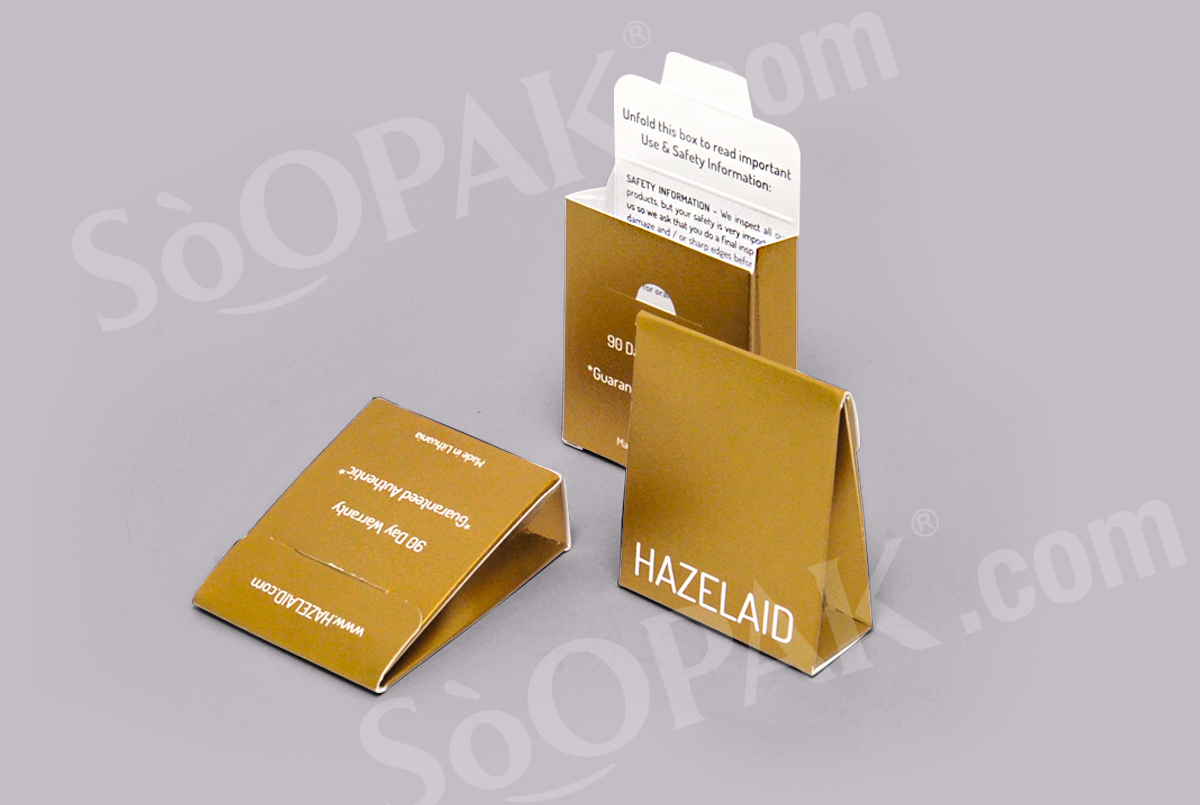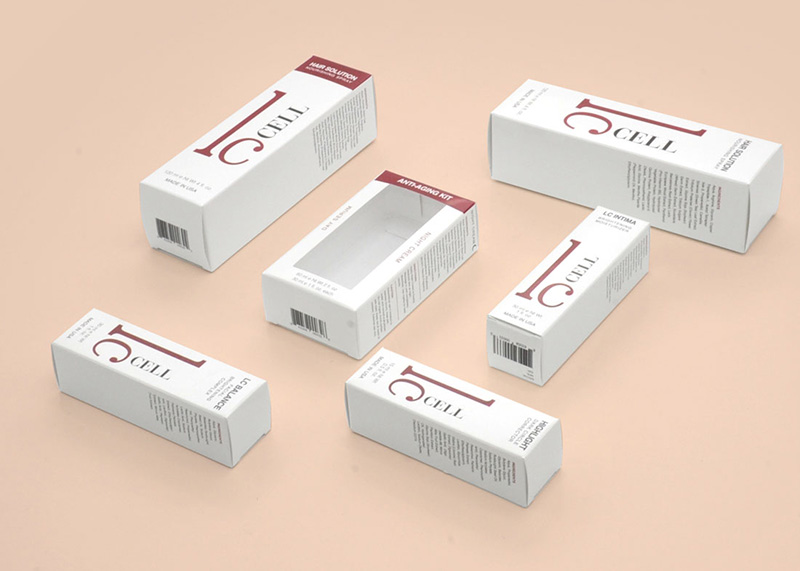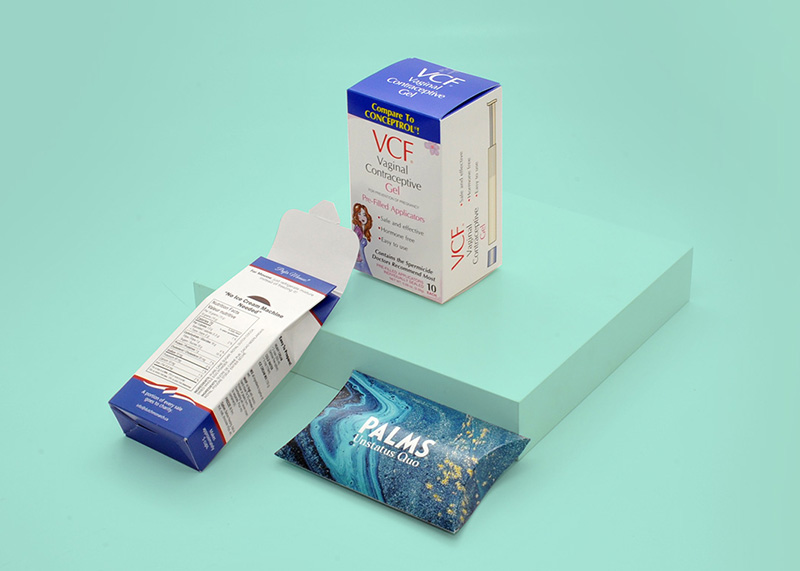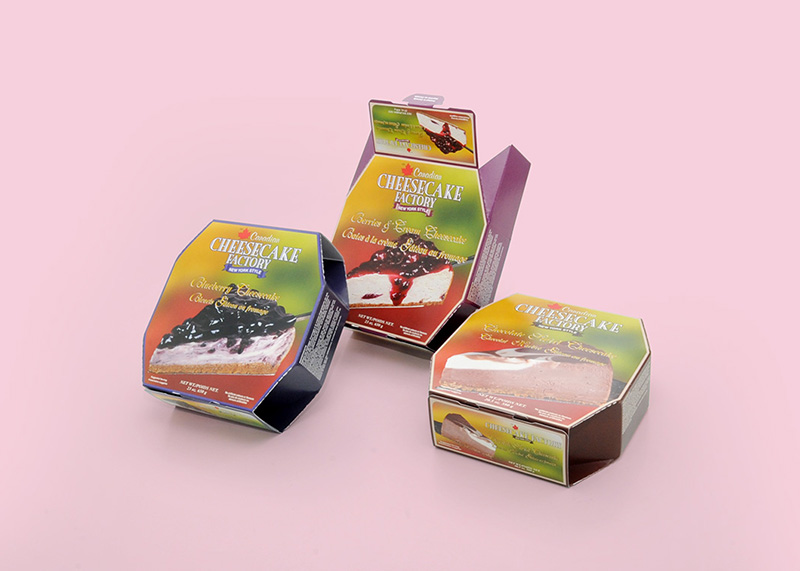Depending on the type of product you sell, it may need to remain at a controlled temperature. In this case, you need to design your product packaging carefully so that it keeps your items at the right temperature. Some items will need to stay cold, such as frozen or refrigerated foods, certain medications, and flowers. Others may be fine with room temperature but need to avoid extreme heat, including other foods and medications. If your industry requires temperature-controlled packaging, then keep the following tips in mind.
Think About Insulation
Start by taking some time to think about the insulation material that will keep your product nice and cool within the packaging. There are multiple options for insulation and your packaging manufacturer should be able to go over these with you. You can frequently use Styrofoam pads and plastic liners to good effect. Foil bubble bags will also work very well, especially combined with gel packs.
Consider Color-changing Ink
As the packaging industry advances, more solutions are arising, including those you may not have previously even thought about. One of these is color-changing ink that will change color and remain at the new color if it gets exposed to temperatures outside of a given range. This will give the retailers and the end consumers a visual sign that the product did not stay within its safe temperature range and is not suitable for sale.
Think About Other Indicators
You can also try including other types of sensors in the packaging that will let you know if it exceeded ideal temperatures. This solution, however, works best on the larger packages you use to ship multiple items instead of individual product packaging because it can be more expensive or bulky. Advances, however, are slowly making this more practical for individual product packaging as well.
Label the Packaging
I hope that labeling your product packaging to indicate it requires a certain temperature range is near the top of your checklist. If it is not, make sure it is. After all, there is no way that anyone who interacts with the product will know it has specific temperature requirements unless you tell them. In the case of products that people do not necessarily think of as requiring refrigeration, consider putting the appropriate label in a bright color or make it stand out in some way.
Test, Test, Test
Once you think you have the perfect product packaging, go ahead and test your product in it. Get a short run or sample produced and expose your product to the conditions it would meet between your factory and the customer’s home. Consider producing a short run and actually sending the product through the conditions in the real world to see how it fares.
The Bottom Line — Consider the Entire Supply Chain
When designing packaging for your temperature-controlled products, remember to consider every element of the supply chain. You need the product to be at the ideal temperature in your warehouse, while on the loading dock, in the transportation to the store, on the store’s loading dock, in the store, and in the customer’s car on the way home. Leaving out any of these situations can leave your product vulnerable to extreme temperatures that compromise it.




